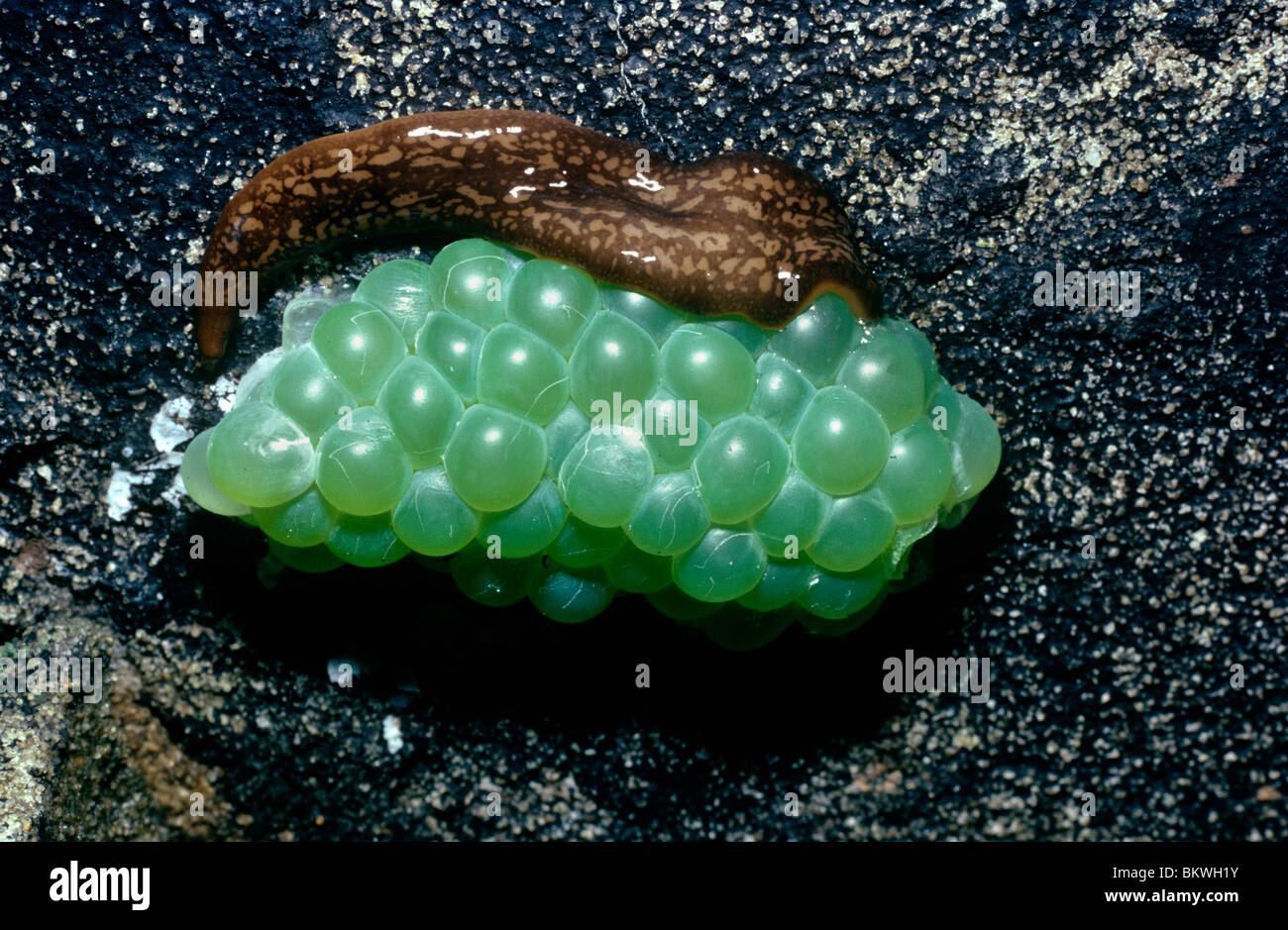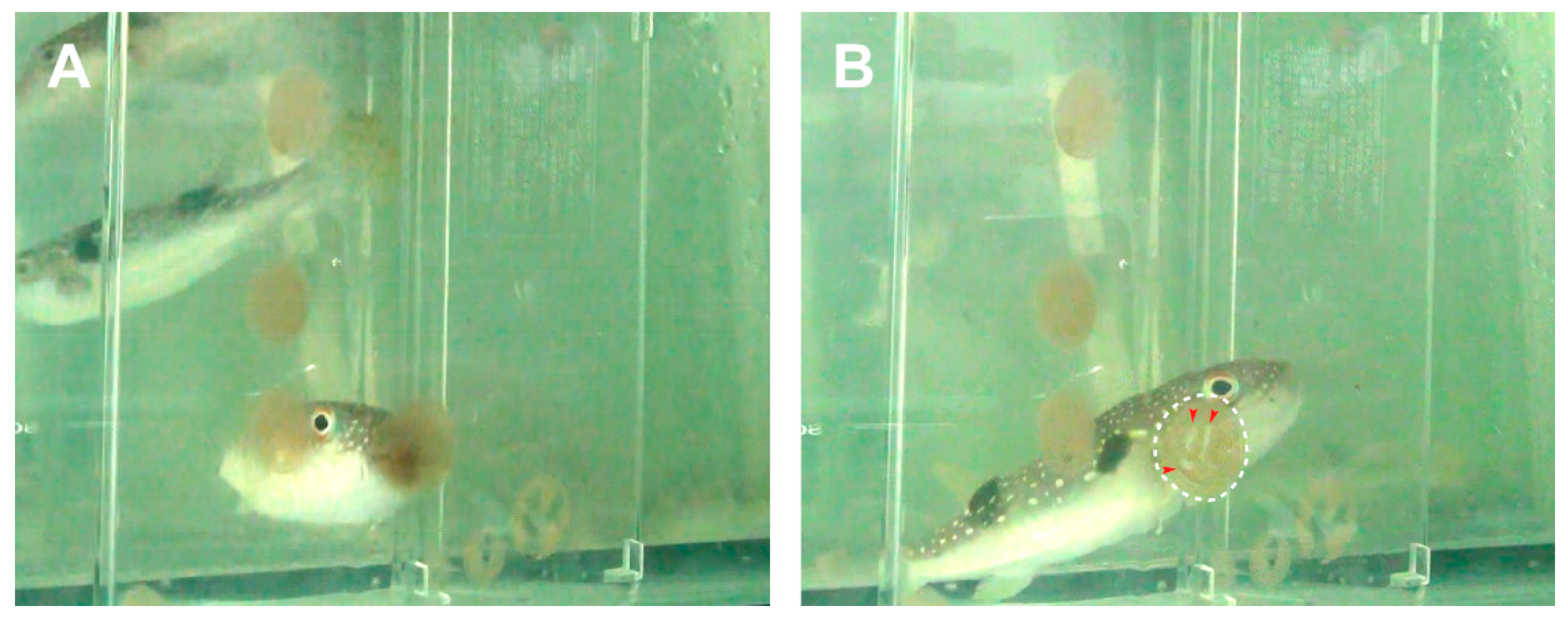

As a result, the corals can start to starve out. If it gets a favorable atmosphere and grows unchecked, it can cover the surface of the corals and prevent them to get adequate lights.

It can grow rapidly in the aquarium especially in nutrient-rich reef tanks. To describe its shape, it is somewhat elongated and oval. You can usually identify a rust-brown flatworm by seeing a red dot that goes down to its body covering a significant part.

It is tan, brown, or rust when it comes to color. This flatworm is scientifically known as Convolutriloba retrogemma. This is one of the most common nuisance flatworms found in reef tanks. Let’s get to know the two most distinct types of nuisance flatworms that you might encounter in your home aquarium. In this article, I am going to identify some harmful flatworms and suggest ways to get rid of them from your reef tank. When we say how to get rid of flatworms in a reef tank, we usually mean to control those flatworms that we no longer desire to see in our aquarium. But, those are not the types we are going to talk about today. Note that many common species of flatworms do not affect our aquarium much. Quarantining the new corals, nurturing natural predators like Six Line Wrasse, siphoning and vacuuming flatworms from the coral surface, using chemical treatments like Flatworm Exit are some of the effective ways you can try to get rid of flatworms from your reef tank. To remove flatworms you can adopt natural, mechanical, and chemical treatments. If you are having nuisance flatworms, you should take steps to get rid of them. According to their effect in the aquarium, flatworms can be either benign or problematic. Planaria is just another name to describe the flatworms. Flatworms are common microorganisms found in freshwater and saltwater aquariums.


 0 kommentar(er)
0 kommentar(er)
